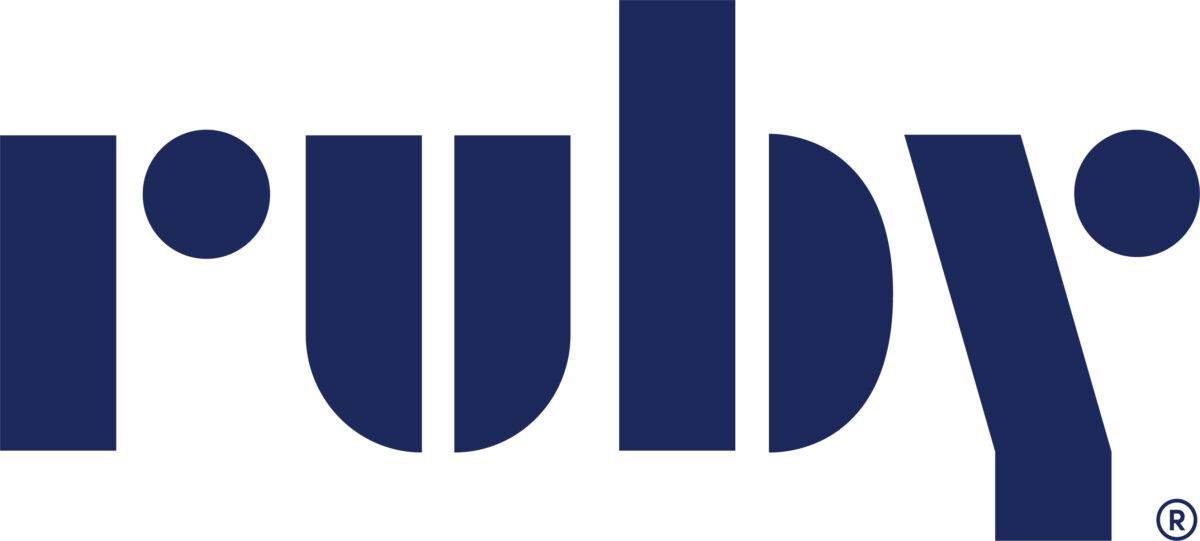How much does a virtual receptionist solution cost?
Answering this question can be tricky. Different providers not only charge different rates, but have unique pricing structures, plans, and billing models. On top of that, each solution offers its own mix of features— not all of which may be included in advertised rates. And then there’s the possibility of additional fees, which some providers bury within their fine print.
Let’s break down how pricing works, so you can understand what you’re paying for and avoid hidden fees.
Understanding virtual receptionist rates
Most virtual receptionist providers charge one of two ways: per minute or per call.
Per-minute pricing means you pay for the time receptionists spend assisting your business. There are three typical kinds of per-minute billing structures.
To understand how they compare, consider the difference in how these structures calculate the cost of a call lasting 1:12 (one minute and 12 seconds):
True to the second
30-second increments
60-second increments
You pay for every second a receptionist spends on a call—no rounding involved.*
Each call is charged in multiples of 30 seconds, rounded up to the nearest increment.
Each call is charged in multiples of 60 seconds (one minute), rounded up to the nearest minute.



1:12
1:30
2:00
True to the second
You pay for every second a receptionist spends on a call—no rounding involved.*

1:12
30-second increments
Each call is charged in multiples of 30 seconds, rounded up to the nearest increment.

1:30
60-second increments
Each call is charged in multiples of 60 seconds (one minute), rounded up to the nearest minute.

2:00
*Look out for extra fees associated with after-call work.
Per-call pricing means you pay a base rate per call. This type of billing structure can be attractive to businesses with callers who need to spend extended time on the phone, but quickly adds up for businesses that receive large volumes of calls with varying lengths.
Tip: Be careful with providers that advertise low per-call rates. These rates often conceal long lists of additional fees you’ll be charged based on the services receptionists perform on each call. For instance, you might end up paying more for every call that involves transferring, scheduling, or message-taking.
Avoiding additional and hidden fees
Keep in mind many providers charge multiple fees on top of their base per-minute or per-call rates. These providers often market themselves as low-cost “answering services” and saddle customers with separate costs for basic capabilities such as call transfers. Think of an answering service as a motel that charges for every amenity, and a virtual receptionist solution as an all-inclusive hotel.
Additional and hidden fees that many providers charge include, but are not limited to…
> Setup or activation fees for new customers
> Holiday fees, which raise prices for service on holidays such as Christmas, Thanksgiving, Independence Day, Labor Day, and Martin Luther King Jr. Day
> Service fees, which can cover many different aspects of a receptionist’s work:
- 24/7 answering
- Call transfers
- Multiple transfer destinations
- Complex call routing
- Bilingual service
- Scheduling and conflict checks
- Lead capture and intake
- Local and toll-free numbers
- Voicemail service
- Porting numbers to/from the provider
- CRM integrations
- Mobile app access
- Caller ID selection for calls and/or texts
How Ruby compares
High-quality providers build these costs into their advertised pricing rather than attempting to mislead customers. At Ruby, we’re committed to transparent pricing. We want you to know exactly what you’re paying for, so you can make informed decisions about your business.
> Straightforward per-minute rates in 30-second increments
> Only charges for the time from when a receptionist answers until a receptionist transfers the call to you or the call ends, and the receptionist completes any after-call notes (rounded up in 30-second increments)
> No hidden fees—pay only for your base monthly plan rate, any overage minutes, and optional features such as custom hold music and additional phone lines
What you can expect to pay:
Ruby
Others
One all-inclusive rate
Base rate + setup fees + holiday fees + transfer fees + message-taking fees + service fees
Ruby
One all-inclusive rate
Others
Base rate + setup fees + holiday fees + transfer fees + message-taking fees + service fees + after-call work fees
Not sure what virtual receptionist solution is right for your business? Check out our guide and scorecard: 10 questions to ask a virtual receptionist provider.



